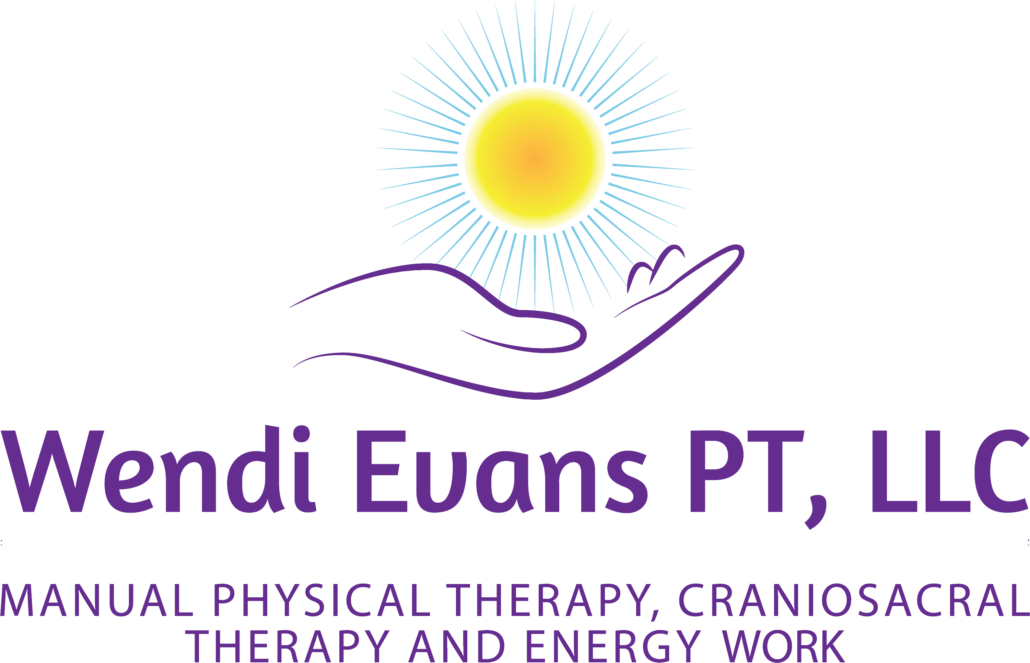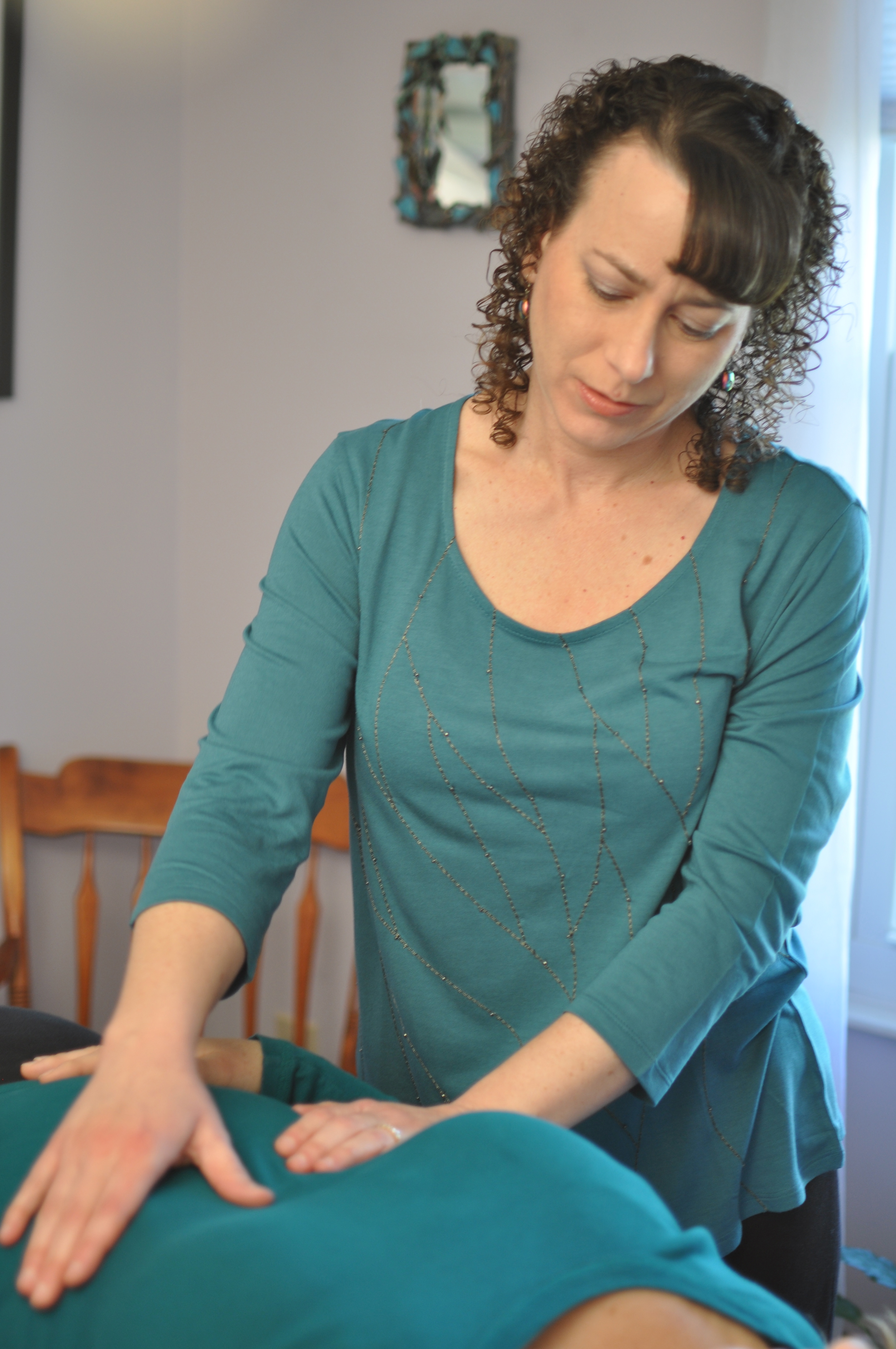Treatment Techniques
The type of manual therapy used depends on the type of restriction that is discovered. Many of the gentle hands-on treatment techniques are derived from osteopathic concepts. Several different methods are usually used in a single session.
Myofascial release involves either a gentle stretching of soft tissue or following the natural slide and glide of the tissue that occurs when contact is made.
Muscle Energy Techniques improve the alignment of the joints and spine through the use of light muscle contractions followed by joint repositioning. This aids in the establishment of proper biomechanics.
CranioSacral Therapy utilizes gentle touch to promote optimal flow of cerebrospinal fluid within the membranes of the brain and around the spinal cord. Gentle mobilization of the sacrum and/or the bones that make up the cranium (and release of the fascial connections between them) helps to reduce tension in the nervous system and supports the body’s own healing abilities. To learn more about CranioSacral Therapy, go to www.upledger.com.
Strain Counterstrain therapy places the dysfunctional muscle, joint, or spinal segment into a position of ease, thus relaxing the guarding response and allowing the body to self-correct its alignment. This concept of releasing reflexive contractions has now been expanded to include many of the fascial tissues of the body. Similarly, Functional Indirect Technique also achieves gains in mobility and relaxation of the surrounding tissue by going into the position of ease, instead of working into the barrier of a restriction.
Joint Mobilization is a precise, passive manual technique designed to increase the flexibility of the articular capsule and/or reduce pain.
Mind-Body work involves relaxation training, grounding, and guided imagery to help free blocked energies, release tension, and promote a strong life-force within the body.
Therapeutic Exercises reinforce the changes in posture and flexibility made during the treatment sessions. They may include strengthening exercises to build core stability and improve overall stamina and function, and specific exercises for reducing the negative effects of osteoporosis. Emphasis is on exercises that the patient can do easily at home.


